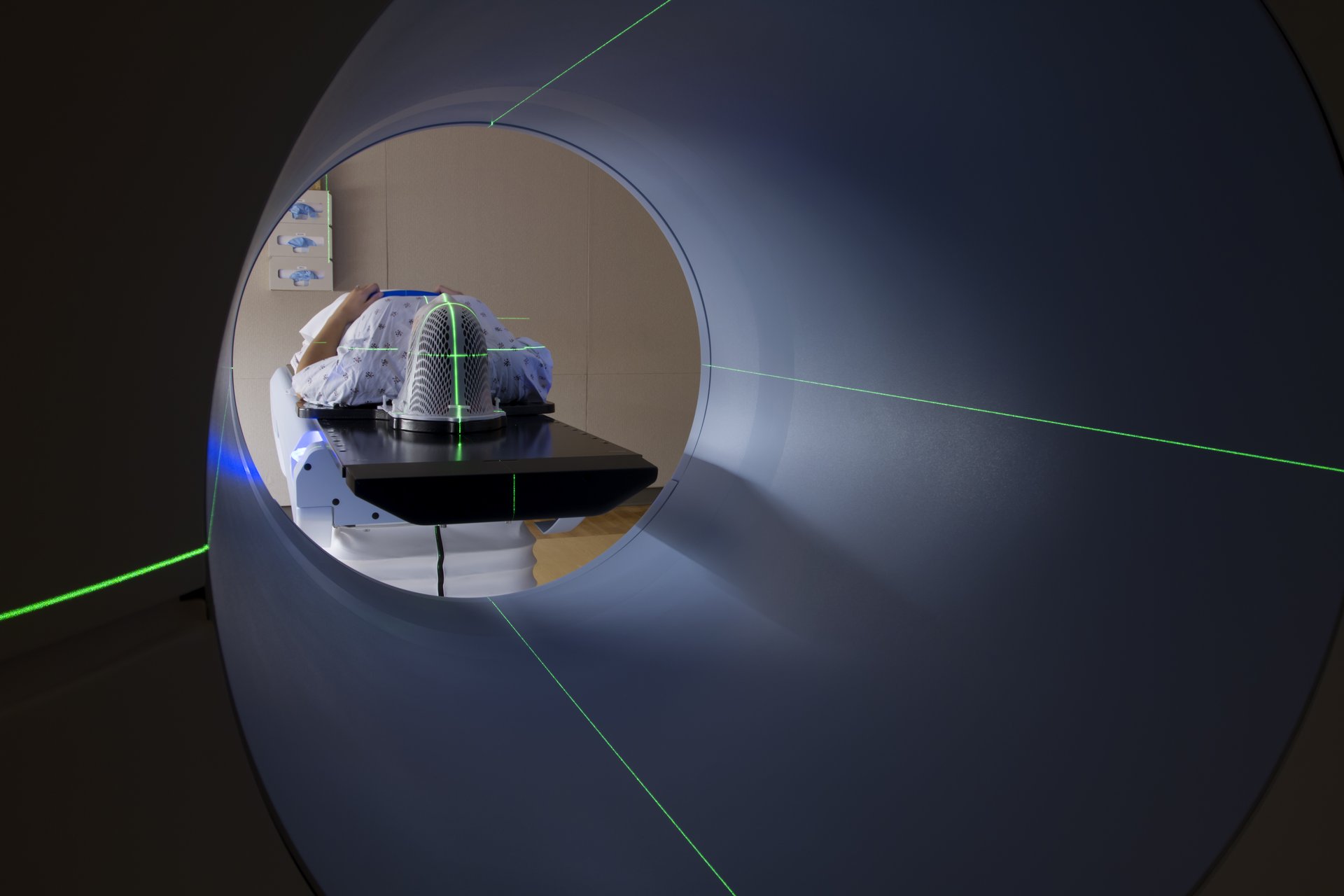In the quest for innovations to improve people's well-being, experts from a wide range of departments are working on revolutionary projects. They are exploring advanced technologies to improve diagnostics through medical imaging and nanomaterials, optimizing treatments with brachytherapy, deepening understanding of diseases through the study of bacteriophages and evolutionary biology, and developing intelligent algorithms to make assistive robots even more autonomous.
Health and biomedical sciences
Cutting-edge technologies are improving diagnoses and treatments and increasing patient autonomy
Pure science in the service of health and well-being
Research topics
Most scientific work on air quality involves developing and validating tools, methods, and techniques for sampling, characterization, and analysis in order to detect and measure chemical contaminants in the atmosphere. These measurements are used to establish air quality standards for workplaces and cities to safeguard worker and population health.
Biomaterials are used to make medical devices such as stents, pacemakers, catheters, prostheses, and artificial tendons. They are designed to replace or repair tissue and may be synthetic (metal alloys, polymers, or ceramics) or natural (biological tissue, cellulose, or chitin). Numerous research projects in this field aim to limit the incompatibility of biomaterials with the human body so they can do their job without negatively impacting their biological environment.
Many UL researchers are actively working to create and improve biomedical technologies. For example, biophotonics researchers are developing promising tools to refine medical imaging and diagnosis, and even therapeutic interventions. Others are leveraging their creativity to develop technologies for mobile care and wireless health devices. This new technology sector also includes biosensors, which can facilitate early detection of disease markers.
Cell therapy involves treating an organ or organism using cells obtained primarily from stem cells. It is now possible to repair tissues, detect malignant cells, and even cure diseases using the natural power of immune cells. The goal of regenerative medicine is to improve our understanding of various diseases and develop new solutions for healing wounds and regenerating organs. It also opens the door to the production of reconstructed 3D tissue through tissue engineering.
Biomedical research is flourishing in the field of neuroscience. At the CERVO Brain Research Centre in Québec City, a number of researchers are studying the anatomical and functional organization of complex neural systems to understand the causes of psychiatric and neurological diseases. Other scientists at the centre are investigating the molecular aspects of neural communication, including cell signaling mechanisms, which play a role in memory, sensation, learning, and nervous system diseases. Research is also being carried out on the genetic, epidemiological, cognitive, and neuropharmacological aspects of psychiatric and neurological diseases.
Researchers are using a number of approaches, including virtual reality, telerehabilitation, robotic rehabilitation, and non-invasive brain stimulation to increase autonomy for seniors, people with disabilities, and injured athletes. For example, new methods for movement rehabilitation involving robotic tools have been developed at the Rehabilitation Robotics Laboratory at the Centre for Interdisciplinary Research on Rehabilitation and Social Integration (CIRRIS). The laboratory is equipped with a robotic ankle orthosis and a split-belt treadmill, while a robotized arm and a prosthetic hand are under development.
The faces of health and biomedical research
Discover the passionate Faculty members who actively contribute to this area of excellence.
Research units
Canada Research Chairs
- Canada Research Chair in Liquid Crystals and Behavioral Biophotonics Chairholder: Tigran Galstian, full professor, Department of Physics, Engineering Physics and Optics
- Canada Research Chair in Bacteriophages Chairholder: Sylvain Moineau, full professor, Department of Biochemistry, Microbiology, and Bio-informatics
- Canada Research Chair on Biomaterials and Bioengineering for Surgical Innovation Chairholder: Diego Mantovani, full professor, Department of Mineral, Metallurgical, and Materials Engineering
Research centres, institutes, and groups
- CHU de Québec-Université Laval Research Center, Regenerative Medicine axis Assistant director: Marc-André Fortin, full professor, Department of Mineral, Metallurgical, and Materials Engineering
- CERVO Brain Research Centre Director of cellular and molecular neuroscience: Paul De Koninck, full professor, Department of Biochemistry, Microbiology, and Bio-informatics
- Cancer Research Centre (CRC) Director: Luc Beaulieu, full professor, Department of Physics, Engineering Physics and Optics, vice-dean
- Centre for Advanced Materials Research (CERMA) Director: Elodie Boisselier, full professor, Department of Physics, Engineering Physics and Optics, vice-dean
- Center for Optics, Photonics and Lasers (COPL) Director: Réal Vallée, full professor, Department of Physics, Engineering Physics and Optics
- Quebec Network for Research on Protein Function, Engineering, and Applications (PROTEO) Director: Ahmad Saleh, associate professor, Department of Biochemistry, Microbiology, and Bio-informatics
Exposure to bioaerosols generated by water treatment leads to respiratory problems such as asthma, pneumonia, and gastroenteric disorders. I am fascinated by how big an impact such small particles can have on our lives.
Vanessa Dion-Dupont, master’s student in microbiology supervised by Caroline Duchaine, describing her research project on the health risks bioareosols pose for workers at water treatment plants.
Graduate studies
Make the leap to graduate studies
Learn more about the admission process for graduate studies
Explore our programs of study based on your interests
Resources for researchers and student researchers
The Vice Dean of Research
The mission of the faculty’s Office of the Vice Dean of Research is to familiarize faculty members with research funding program requirements. Its research development advisors can assist researchers in preparing funding applications and drafting research contracts. They can also provide information and guidance on technology transfer opportunities.
Le Lab en ligne
The Faculty of Sciences and Engineering’s LAB en ligne is a virtual space that showcases and profiles the faculty’s research equipment and facilities. The service provides graduate students, faculty members, and industry professionals with access to state-of-the-art equipment at reasonable cost along with opportunities for collaboration.
